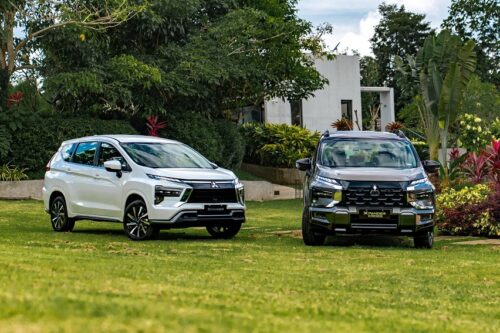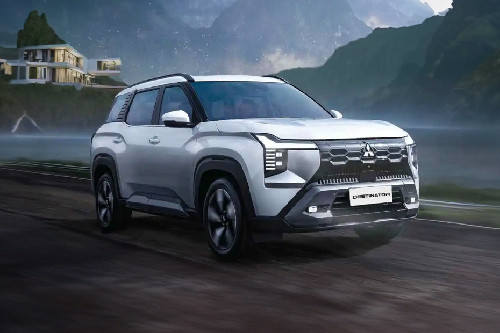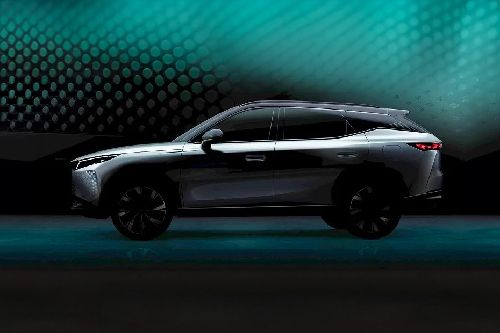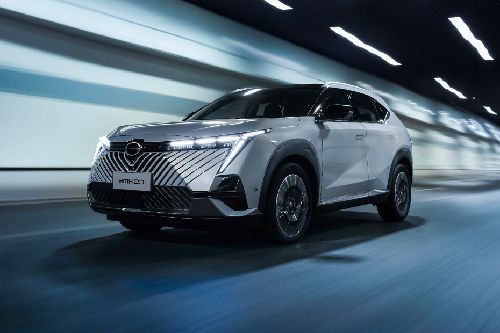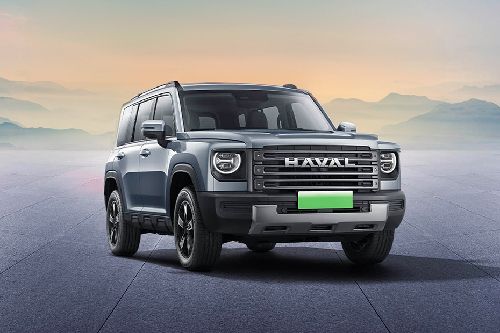Sibling swordfight: Mercedes-Benz EQE SUV vs. EQE sedan
Spoiler alert: same power outputs, but slightly different EV ranges.

Mercedes-Benz has launched the all-new EQE Sports Utility Vehicle (SUV) for the Philippine market. With the latter’s entry, it joins its sedan sibling in the brand’s EQE one-two punch within its EQ lineup of fully electric cars.
Buyers looking to get into the EQE, however, might be on the fence now when it comes to choosing between the two. So which is better on paper, is it the EQE sedan or the EQE SUV? Let’s find out by comparing the EQE sedan 350+ AMG Line and the EQE SUV 350+ AMG Line.
Same nameplate, different sizes
As one would expect, the size of an SUV and a sedan will differ even if the two models are using essentially the same platform. In the case of the EQE SUV and sedan, both are underpinned by the Mercedes-Benz Electric Vehicle Architecture.

For the EQE SUV, it has a length of 4,863-millimeters, a width of 1,940-mm, and a height of 1,685-mm. It also has a wheelbase spanning 3,030-mm.
The EQE sedan, meanwhile, is 4,946-mm long, 1,961-mm wide, and 1,510-mm in height. It also has a wheelbase length of 3,120-mm.
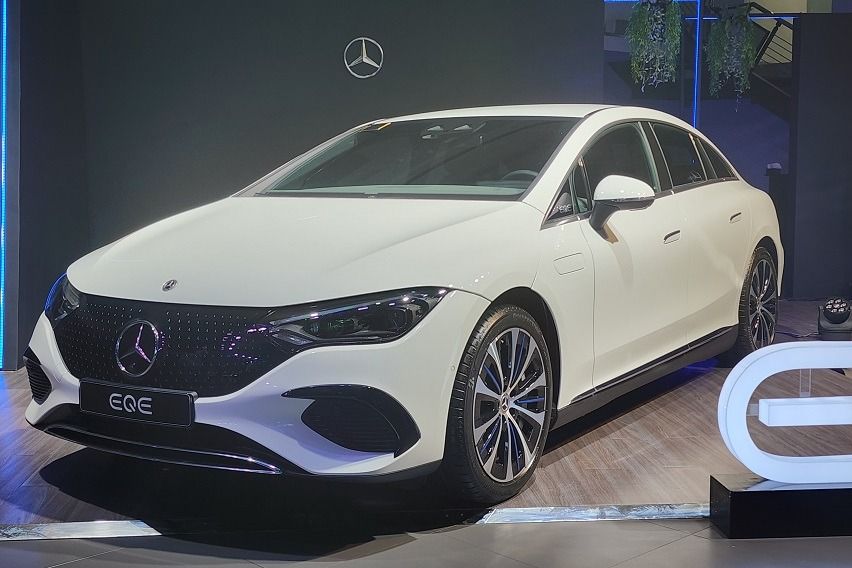
Interestingly, the sedan version of the EQE is slightly longer and wider compared to the EQE SUV. Regardless, the Mercedes-Benz fully electric sedan gets less default (with rear seats up) trunk space at 430 liters, while the SUV boasts a default cargo space capacity of 580 liters.
Exterior
Since the EQE sedan and SUV share the same nameplate, it is unsurprising that they have the same exterior styling elements.
Up-front, the two models showcase the German brand’s eye-catching star pattern grille. The sedan and SUV siblings also share the same LED headlamp cluster design, though the lower front bumper of the SUV model gets more in the way of verticality. The latter gets a slightly larger air vent compared to the sedan, as well.

Both have sleek shapes with minimal character lines towards the sides. The SUV model, however, does get black plastic claddings and more substantial side steps. For wheels, the SUV also gets a larger 21-inch set compared to the sedan’s 20-inch set. Regardless, the said wheel sets offer more pizzazz as both are AMG-specific.
The SUV's rear has a more upright shape, which is typical of its segment. The sedan, in turn, sports a dramatically sloped rear window. Nevertheless, the two share the same design for their LED taillight bars.
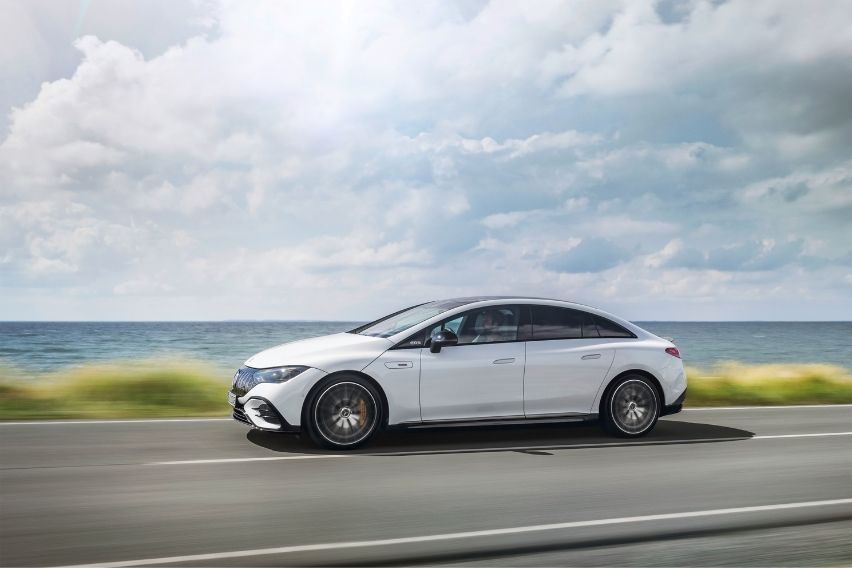
Other common features between the EQE sedan and SUV are seamless door handles, power trunk doors, power-folding side mirrors, sunroofs, and automatic headlamp functionality.
Interior
At the most, both the EQE SUV and the EQE sedan can comfortably seat up to five occupants. The two models also get identical cabin arrangements that boast an eye-catching sloped dashboard housing huge digital displays and a pair of thruster-like vents for their automatic air-conditioning systems.

Added comfort and convenience for the two models are provided by active ambient lighting, leather-clad seats and soft-touch points, four-way lumbar support, auto-dimming rearview mirrors, power-adjustability for the front-row seats, a flat-bottom leather-wrapped steering wheel, a push-to-start button, an electronic parking brake, a front cabin elbow rest, etc.
Likewise, a 12.3-inch Mercedes-Benz User Experience (MBUX) digital gauge cluster is common between the two. For the SUV, however, it gets a larger 17.7-inch central MBUX screen paired with a 12.3-inch secondary screen for the front passenger.

Despite the SUV having more displays, the two models both come with the German carmaker’s augmented reality navigation, the “Hey Mercedes” voice assistant, Android Auto, and a 15-piece Burmester 3D sound system. Both models also offer wireless smartphone charging and several USB ports.
However, the Apple CarPlay on the SUV model has wireless functionality, while the one on the sedan does not.
Engine
The EQE SUV and EQE sedan use similar electric powertrains, which can both put out 292 horsepower and 565 Newton Meters of torque. The two EV systems also use an eATS electric drive system, up to 170 kilowatts for DC charging and up to 22 kW of AC charging.

The SUV gets a more powerful 96-kilowatt-hour unit, while the sedan utilizes a 90.56 kWh battery. Interestingly, the SUV gets a Worldwide Harmonized Light Vehicles Test Procedure (WLTP) range of up to 628 kilometers, while the sedan’s WLTP range can measure up to 682 km.
According to Mercedes-Benz, the EQE 350+ AMG sedan can reach zero to 100 kilometers per hour in 6.4 seconds. The SUV can take on the same challenge a smidge slower, at 6.9 seconds.

For those curious, the SUV electric vehicle (EV) model is markedly heavier, with a curb weight of 2,490 kilograms. The sedan, meanwhile, tips the scales at 2,405 kg.
Safety
For safety, the Mercedes-Benz EQE SUV and EQE SUV both get loads of features. Standard on the two are dual-front airbags, side-front airbags, front-rear window airbags, driver’s knee airbag, anti-lock braking, stability control, tire pressure monitoring, ISOFIX child seat anchors, and the Mercedes-Benz Guard 360 security system, among others.
Both EVs also get a slew of advanced driver-assist features. Notable among the latter are the brand’s active stop-and-go assist, blind spot assist, active brake assist, driver attention warning, and active parking assist.
Also available on both vehicles is a 360-degree camera, the Mercedes-Benz Speedtronic variable speed limiter, the brand’s Tirefit tire repair kit, and a fire extinguisher.
Variants and Price
Mercedes-Benz EQE sedan 350+ AMG Line: P6.29 million
Mercedes-Benz EQE SUV 350+ AMG Line: P7.19 million
Conclusion
On paper, the Mercedes-Benz EQE SUV 350+ AMG Line and the EQE sedan 350+ AMG Line both get the same levels of comfort and safety. The SUV model, however, presents a fancier set of displays, so those of the techy sort might want to lean towards the latter.
Conversely, the EQE sedan gets 54 km more range compared to the SUV, but note this is a WLTP-indicated range, and it might not reflect real world performance. What’s clearer, though, is the SUV’s more generous trunk, which is crucial for folks looking to get something that can do grocery-getting or even out-of-town trips.
In the end, people who are serious about getting either of the two EQE models should each give them a test drive. This is especially true in this particular comparison, where the choice between SUV and sedan will likely boil down to preferences.
Photos from Cesar Guiderone Miguel, Ruben Manahan IV, Mercedes-Benz
Also read:
Sell your car at the best price
 Verified and genuine buyers
Verified and genuine buyers
Mercedes-Benz EQE SUV vs Mercedes-Benz EQE Comparison
Mercedes-Benz EQE SUV Related Stories
- News
- Featured Stories
Mercedes-Benz Car Models
Don't Miss
Trending & Fresh Updates
- Latest
- Popular
You might also be interested in
- News
- Featured Stories
Mercedes-Benz Featured Cars
- Latest
- Upcoming
- Popular
Compare & Recommended

|

|

|

|

|
|
Battery Capacity
96 kWh
|
90 kWh
|
100 kWh
|
-
|
-
|
|
AC Charging
(0-100%) In 10.5 Hours
|
(0-100%) In 12.7 Hours
|
(0-100%) In 8.18 Hours
|
-
|
-
|
|
DC Charging
(10-80%) In 32 Minutes
|
(20-80%) In 40 Minutes
|
(10-80%) In 40 Minutes
|
-
|
-
|
|
Fuel Type
Electric
|
Electric
|
Electric
|
Diesel
|
Diesel
|
|
Power
292
|
395
|
320
|
302
|
355
|
|
Driving Range
628 km
|
470 km
|
425 km
|
-
|
-
|
|
Transmission Type
Automatic
|
Automatic
|
Automatic
|
Automatic
|
Automatic
|
|
Engine
-
|
-
|
-
|
3346
|
5298
|
|
|
Trending SUV
- Latest
- Upcoming
- Popular
Mercedes-Benz EQE SUV Car Articles From Carmudi
- journal
Compare
You can add 3 variants maximum*- Brand
- Model
- Variant





















